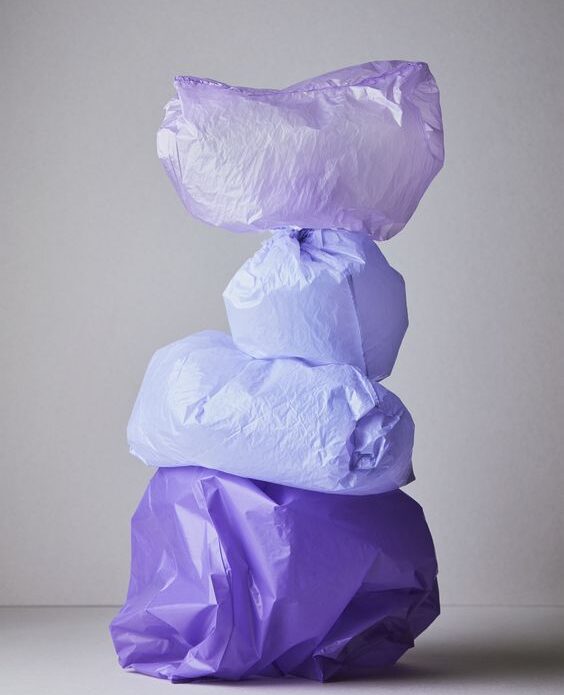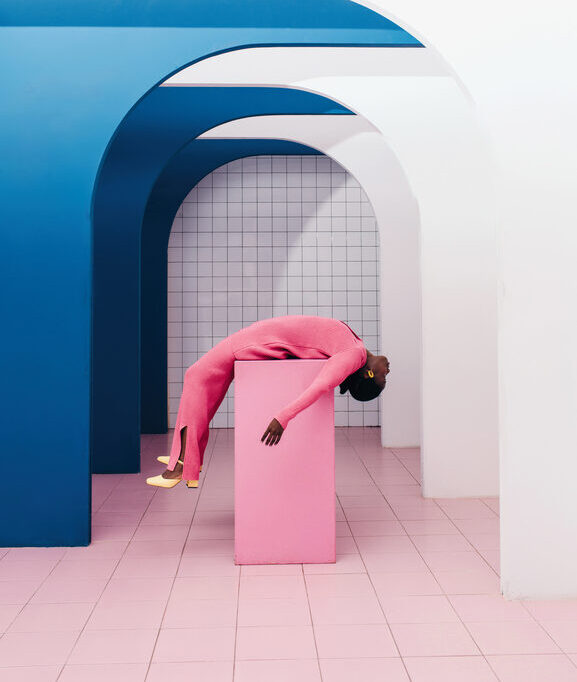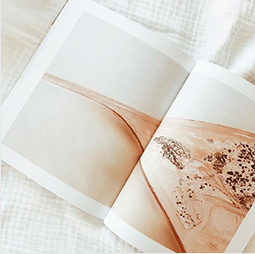It’s 2021, and brands can no longer afford to not prioritise sustainability.
It is no secret that consumerism is a key contributor to waste and global emissions. Sustainable practice has become a base level requirement for brands who want to succeed in today’s climate, however, simply labelling a product as ‘sustainable’ is no longer making the cut.
Consumers are becoming increasingly conscious of their buying power and expect brands to step up to the plate when it comes to sustainable practices. Becoming ever more attuned to ‘green-washing’, consumers are sharpening up to question brands’ choices when it comes to product design, ethical labour and sustainable packaging. It’s clear that consumers want to buy sustainable products that align with their vision for a better world. But defining what is ‘sustainable’ and what practices meet the appropriate level of responsibility is still a challenge for brands and consumers alike.
Sustainability is no longer just about environmental impact and is rather an all encompassing state that takes people, the environment and profit into account.
(—Everland, 2021).
One major challenge for Brands when creating sustainable product is neglecting quality or ease. Although the modern consumer values sustainability, they still gravitate towards products or services that will benefit them most. Keeping the consumer at the heart of decision making is essential for brands who want to stand out, especially on a global scale. “Consumers tend to care for themselves. We’d rather choose products that are first and foremost good for us, than beneficial for the environment,” says Susanne Berg, Nordic Marketing and Innovation Director. It seems, consumers across the board desire sustainable solutions but not at the price of great design or quality product.
And of course in our click-centric world, consumers have information at the tip of their fingers, making it extremely easy for false claims or empty promises to be unraveled. It is always more valuable to be proactive in the face of trends rather than reactive – but how exactly can we do this?
Introducing the Circular Economy – a new business paradigm which reimagines how systems, services and products are created in order to support a sustainable future. This concept has been gaining traction globally as companies work towards eliminating waste and resource abuse. The Circular Economy has a myriad of long term benefits for brands and the environment including reduced material costs, reduced CO2 and reduced primary material consumption as materials are in circulation for longer rather than being disregarded after single use (Philo and Co).
The Circular Economy requires a new way of thinking and strategic planning for resource use rather than continuing to create products and packaging with a take-make-waste mentality. This mentality has led us to a point where the production of goods accounts for 45% of the world’s emissions according to a recent study by the Ellen Macarthur Foundation. Moving forward with a Circular Economy means creating systems that rely on recyclable and sustainable packaging solutions and using ethically sourced materials for the development of products. This growing trend is being taken on by a number of brands as it becomes more and more clear that limiting waste is important to consumers.
One by-product of the move to the Circular Economy is the introduction of Sustainable packaging. A 2020 study found that packaging design is one of the key elements that can actively help improve supply chains, contributing to improved sustainability of logistics processes and activities. Refillable Systems are one sustainable packaging solution that is on the rise allowing for product bottles and casing to be reused, extending their life cycle. This solution is especially applicable for food, drink and beauty products. Designer giant Dior is one of many brands jumping on the refillable bandwagon, introducing refillable cologne bottles for mens fragrance this year. Refillable solutions allow consumers to feel good about their purchases – putting the desire for sustainability at the heart of product design.
So how can you improve your packaging solutions and elevate your brand?
- Focus on recyclable materials that have an extended lifecycle, breaking the take-make-waste loop.
- Become aware of how your packaging is made and the associated carbon footprint
- Plan for the future – don’t be discouraged by where your brand is currently. Every step, big or small, leads us one step closer to sustainability.
Image credit: Ana Dominguez







